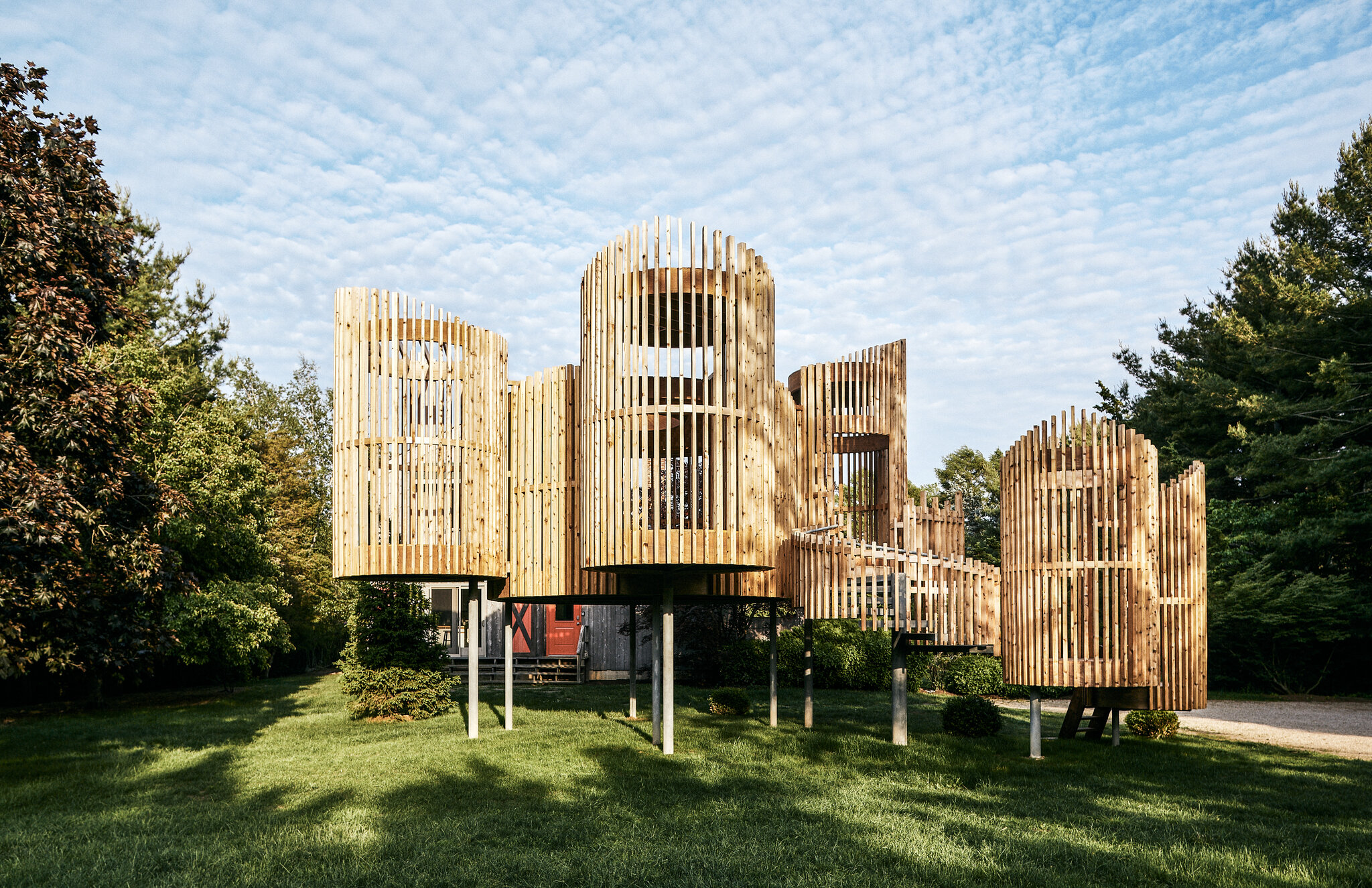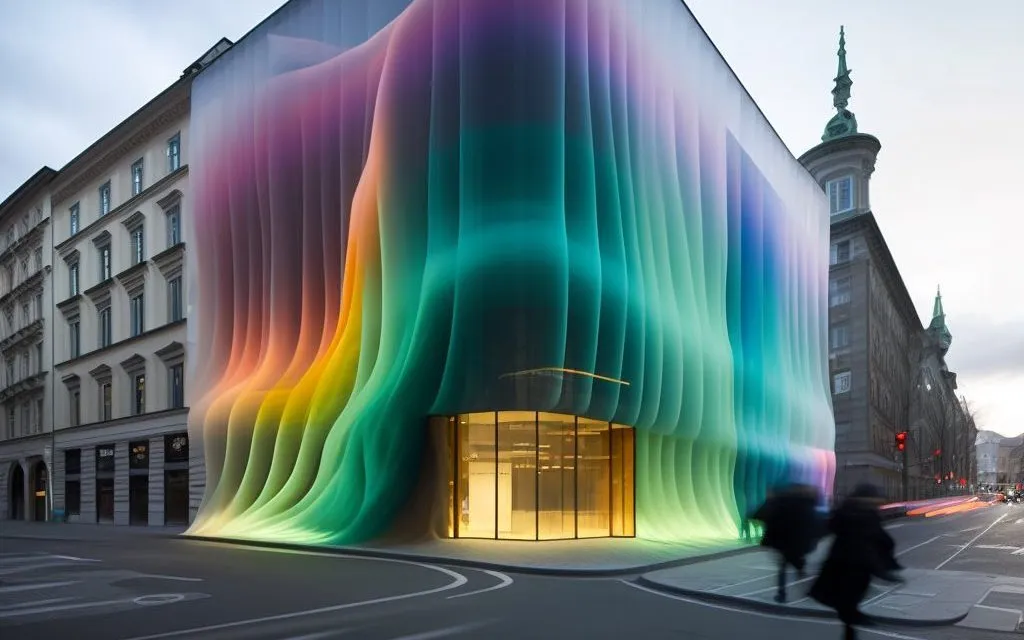- Home
- Articles
- Architectural Portfolio
- Architectral Presentation
- Inspirational Stories
- Architecture News
- Visualization
- BIM Industry
- Facade Design
- Parametric Design
- Career
- Landscape Architecture
- Construction
- Artificial Intelligence
- Sketching
- Design Softwares
- Diagrams
- Writing
- Architectural Tips
- Sustainability
- Courses
- Concept
- Technology
- History & Heritage
- Future of Architecture
- Guides & How-To
- Art & Culture
- Projects
- Interior Design
- Competitions
- Jobs
- Store
- Tools
- More
- Home
- Articles
- Architectural Portfolio
- Architectral Presentation
- Inspirational Stories
- Architecture News
- Visualization
- BIM Industry
- Facade Design
- Parametric Design
- Career
- Landscape Architecture
- Construction
- Artificial Intelligence
- Sketching
- Design Softwares
- Diagrams
- Writing
- Architectural Tips
- Sustainability
- Courses
- Concept
- Technology
- History & Heritage
- Future of Architecture
- Guides & How-To
- Art & Culture
- Projects
- Interior Design
- Competitions
- Jobs
- Store
- Tools
- More

Nature has always been a source of inspiration for architects throughout history. From the use of natural materials and forms to the integration of outdoor spaces, nature has played a significant role in shaping the design of buildings and structures. In this article, we will explore the influence of nature on architecture and how it has transformed the way we design and experience our built environment.
Materials
One of the most significant ways that nature has influenced architecture is through the use of natural materials. For centuries, architects have used materials such as stone, wood, and clay to create buildings that are in harmony with their natural surroundings. In recent years, there has been a renewed interest in using sustainable and environmentally friendly materials, such as bamboo, cork, and recycled materials. These materials not only reduce the environmental impact of buildings but also provide a connection to nature and a sense of place.
One of the primary reasons that natural materials have been used in architecture is because they are readily available. In many parts of the world, stone, wood, and clay are abundant, making them a logical choice for building materials. Many natural materials are also durable and long-lasting. For example, stone is a strong and durable material that can withstand weathering and erosion, making it an excellent choice for building foundations and walls. Wood is another durable material that has been used for centuries in construction.

Natural materials often have a unique aesthetic that is difficult to replicate with synthetic materials. For example, the natural grain and texture of wood can add warmth and character to a building, while the natural patterns and colors of stone can create a sense of timelessness and permanence.
Forms
Nature’s forms have also influenced the way architects design buildings. The curves of a seashell or the shape of a leaf have inspired architects to create buildings that mimic the shapes found in nature. Frank Lloyd Wright, for example, was famous for his use of organic forms in his designs, such as the curves of the Guggenheim Museum in New York City. This approach to design, known as organic architecture, seeks to create buildings that are in harmony with their natural surroundings.

Integration with Outdoor Spaces
Nature has also influenced the way architects design outdoor spaces. The use of gardens, courtyards, and other outdoor spaces in buildings has been a common feature throughout history. However, in recent years, there has been a renewed focus on creating buildings that seamlessly integrate indoor and outdoor spaces.
This approach, known as biophilic design, seeks to create environments that connect people with nature and promote well-being. One example of this is the use of natural landscaping materials, such as Kentucky bluegrass sod, which not only enhances the aesthetic appeal of outdoor areas but also contributes to a more natural and inviting atmosphere.
The natural climate of a region has a significant influence on the design of outdoor spaces. For example, buildings in hot and arid climates often have shaded courtyards and patios to provide relief from the sun, while buildings in colder climates may incorporate outdoor fireplaces or heating elements to make outdoor spaces more comfortable in colder months.

The natural features of a site, such as topography, vegetation, and water features, can also influence the design of outdoor spaces. For example, a building located on a hillside may incorporate terraced gardens or outdoor seating areas to take advantage of the natural slope, while a building located near a water feature may incorporate a deck or pier to provide access to the water.
Green Building
The influence of nature on architecture is also evident in the growing trend of green building. Green building seeks to create buildings that are energy-efficient, environmentally friendly, and in harmony with their natural surroundings. From the use of green roofs and walls to the integration of solar panels and other sustainable technologies, architects are increasingly designing buildings that reduce the environmental impact of construction and promote a more sustainable future.
Nature has played an importat role in shaping the design of buildings and structures throughout history. From the use of natural materials and forms to the integration of outdoor spaces, architects have drawn inspiration from the natural world to create buildings that are in harmony with their surroundings. As we continue to face environmental challenges and a growing awareness of our impact on the planet, the influence of nature on architecture will only become more important. By designing buildings that connect people with nature and promote sustainability, architects can create a built environment that is not only beautiful but also promotes well-being and a more sustainable future.

Submit your architectural projects
Follow these steps for submission your project. Submission FormLatest Posts
The Ultimate Home Maintenance Checklist for Every Season
Keeping your home in good condition throughout the year is much easier...
Common Disputes Handled by Estate Litigation Lawyers
According to the 2025 issue of the American Bar Association’s “Probate &...
Modern Japanese Architecture: Tradition Rewired for the Present
Modern Japanese architecture explained: how tradition meets innovation in light, nature, materials,...
The Purpose of a Living Will and Why It Matters
A living will is without a doubt one of the most significant...












Leave a comment